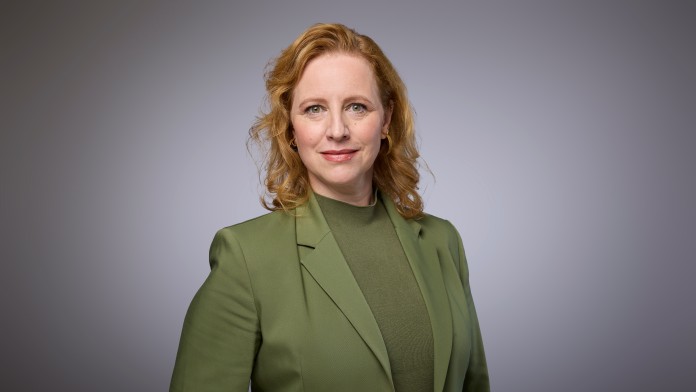Press Release from 2022-03-29 / Group, KfW Research
KfW Research: Half of municipalities’ extra capital expenditure reflects increased construction costs
- Low interest rate level eases burden on public budgets but not enough to offset higher construction costs
- Municipalities are challenged with reducing investment backlog and meeting additional investment needs
- Municipal finances must be structurally strengthened
Capacity constraints in the construction sector are causing delays in the completion of municipal construction projects and pushing up construction costs. The costs of public construction projects such as roads, bridges and canals have virtually skyrocketed in the past years, surging by nearly 25 % between 2016 and 2021 alone. Even though German municipalities, cities and regional districts increased their total investment volume by 49 % to EUR 38.6 billion from 2016 to 2020, the additional expenditure did not generate the same proportion of additional modern infrastructure. According to an analysis by KfW Research, roughly half of the expenditure growth (50 %, or EUR 6.4 billion) was swallowed by higher costs of construction measures. Prices can be expected to continue rising this year, mostly driven by price inflation of construction materials such as timber, steel and insulation materials.
This development is impacting municipal investment on two levels. First, despite spending more, municipalities, cities and regional districts have recently been unsuccessful in reducing accumulated investment backlogs to any significant degree. The total estimated nationwide investment backlog had last increased to EUR 150 billion (EUR 147 billion in 2020 and 2019). Second, continuing price increases are making investments needed today and in the future more costly as well. As a result, investment needs continue to grow, generating additional financing requirements. That is because while municipalities have little scope to rein in expenditure growth, they also have limited scope on the revenue side, especially since tax revenue growth cannot be expected to return to its pre-crisis level until 2024 – unless the impacts of the current crises render all previous forecasts worthless anyway.
On the financing side the low interest rates of the past years have contributed to easing the strain on municipal finances. While nominal debt has grown by 17 % in the past decade, interest expenditure nearly halved during the same period and currently accounts for only around 0.9 % of municipal budget expenditure. The decline in the interest burden, however, is far from offsetting the volume of the increased construction costs. Cities, municipalities und rural districts finance only around one fifth of their capital expenditure with debt, so the favourable interest rates do not make such a large difference. At the same time, municipalities accounted for some 60 % of public construction activity last year, so they have been hit particularly hard by the higher construction prices. Looking further ahead, construction prices can be expected to remain high, but financing conditions could tighten as interest rates rise. In addition, there is great uncertainty over the budgetary impact of the Ukraine war and the coronavirus crisis, which is still not over. That makes expanding municipal investment expenditure more difficult than it already is and requires policymakers at all federal levels to take decisive countermeasures.
“Municipalities are in catch-22 situation. On the one hand, they have to make a significant contribution to Germany’s transition to a digital, climate neutral economy and society, particularly by investing in an infrastructure that is fit for the future. On the other hand, the current environment is making such investments extremely difficult”, said Dr Fritzi Köhler-Geib, Chief Economist of KfW. “Price increases are colliding with narrowing budgetary leeway, and municipalities can benefit from low interest rates only to a certain extent as there are limits to borrowing and the very favourable lending conditions cannot stay in place forever. This situation illustrates the need to strengthen the capacity of municipalities at a structural level, including by adding a reliable pillar that generates strong revenues to improve municipalities’ finances. Only when municipalities are able to plan activities on the back of continuous and sufficient revenues can they implement the necessary investments on a sustained basis. And only then can municipalities take up more loans to finance investment and put them to use effectively."
The current analysis by KfW Research can be retrieved from www.kfw.de/fokus .


Share page
To share the content of this page with your network, click on one of the icons below.
Note on data protection: When you share content, your personal data is transferred to the selected network.
Data protection
Alternatively, you can also copy the short link: https://www.kfw.de/s/enkBbm2w.CrCA
Copy link Link copied